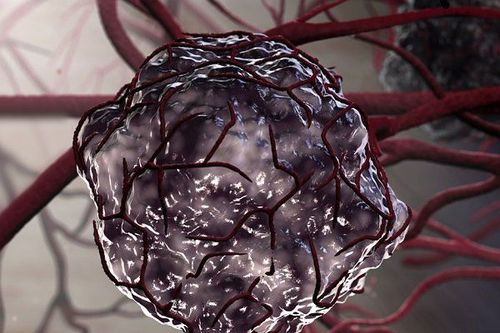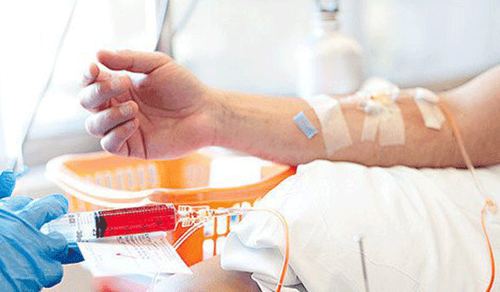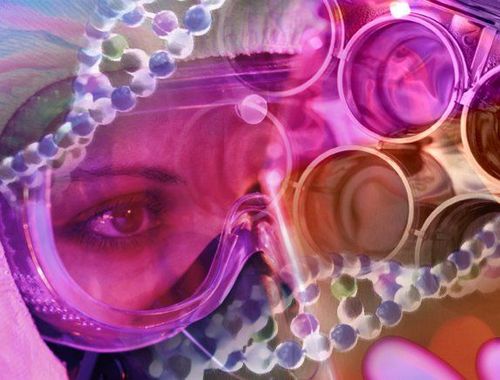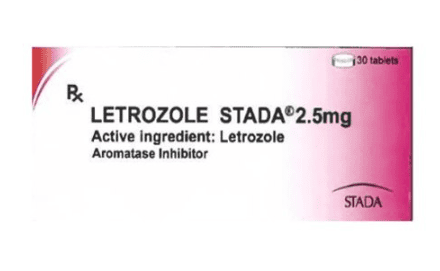This is an automatically translated article.
Immunohistochemistry has become a modern, very effective and indispensable method for pathologists in the differential diagnosis of malignant and benign tumors, not only in diagnosis but also in the use of immunohistochemistry. very effective for the prognosis as well as the treatment of cancer. Breakthrough immunohistochemistry in cancer diagnosis, prognosis and treatment orientation brings high efficiency to cancer patients.1. What is immunohistochemistry?
Immunohistochemical staining is the commonly used method. Made to detect diseased cells in the body. Especially cancer cells. This method uses a combination of chemicals with an immune response. Thereby observing the existence of cancer antigens in a patient tissue. Normally, these antigens are not expressed as an observable biological morphology. By “staining” with immunofluorescence or enzyme immunoassays. From there doctors can recognize them easily under the microscope. Biochemical staining is an important basis for the conclusion of cancer.Immunohistochemistry is a method of determining specific antigens present in tissues or cells, based on antigen-antibody combinations. Immunohistochemistry has been applied in surgical pathology for a long time in the world and has become routine. Immunohistochemistry is made from tissue samples molded in the candle block of routine pathology, thinly sliced and stained according to the following procedure: Antigen exposure - incubation with 1st antibody - incubation with 2nd antibody - stain with color indicator (DAB or AEC) - Hematoxylin stain and read on conventional microscope.
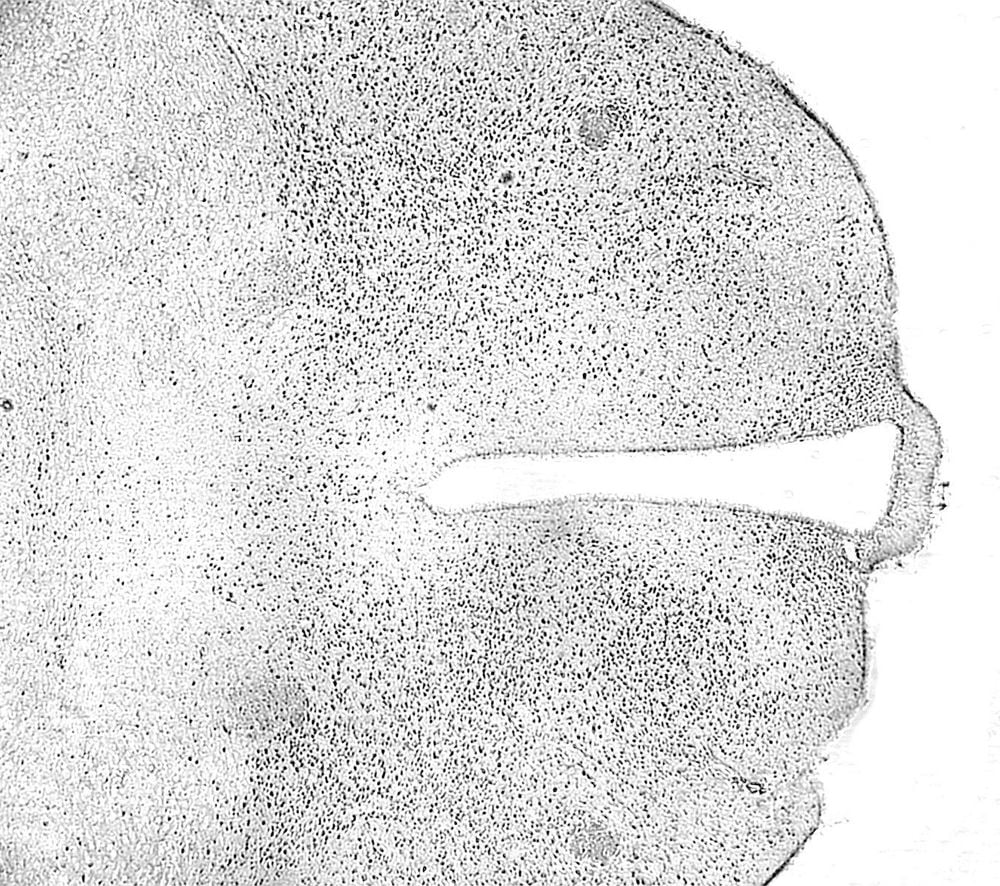
Hóa mô miễn dịch là gì?
2. Importance of immunohistochemistry in cancer diagnosis, prognosis and treatment direction
For diagnosis Immunohistochemistry is essential for accurate identification of cancer types, determination of the cellular origin of poorly differentiated, undifferentiated tumors with cell line-specific antibodies. such as: epithelial cells, mesenchymal cells, lymphocytes, pigment cells, neuroendocrine cells. Immunohistochemistry also helps identify metastatic carcinomas of unknown origin; types of mesenchymal cancer (sarcoma); help identify cancers of the lymphocytes; identification of non-Hogdkin lymphocytes: B cell types, T cells and subtypes, identification of Hogdkin lymphocytes, identification of biomarkers on tumor cells in some types of cancer such as germ cell tumors, tumor of hepatopancreatic cells. Immunohistochemistry also helps identify endocrine receptors of tumor cells such as: ER (Estrogen), PR (Progesterone) in breast cancer and endometrial adenocarcinoma; identify overexpression of oncogenes in tumor cells: Her2, EGFR, in breast cancer, stomach cancer and lung cancer; determining the proliferation index of tumor cells such as Ki67, helping to determine the malignancy of cancer, identifying infections and viral infections: Hepatitis B, Herpesviruses, Adenoviruses, Epstein-Barr Virus, HIV...; bacterial infection: Helicobacter Polori (HP); papillary lesions of the breast; salivary gland tumor... Helps to distinguish between benign or malignant tumors, which organs the tumor belongs to. Because the images of the lesions are very similar, it is sometimes difficult to confirm whether a patient's lesion is benign or malignant, which organ is the lesion if the lesion is located at the site of interference or the tumor has invaded. 2 or more adjacent organs. Help to classify malignant lymphomas Orientation of origin of metastatic cancer. Hospitalized patients are diagnosed with metastatic lesions at some site, however, the primary tumor is not always identified with certainty. Immunohistochemistry helps to identify the primary tumor to treat the patient.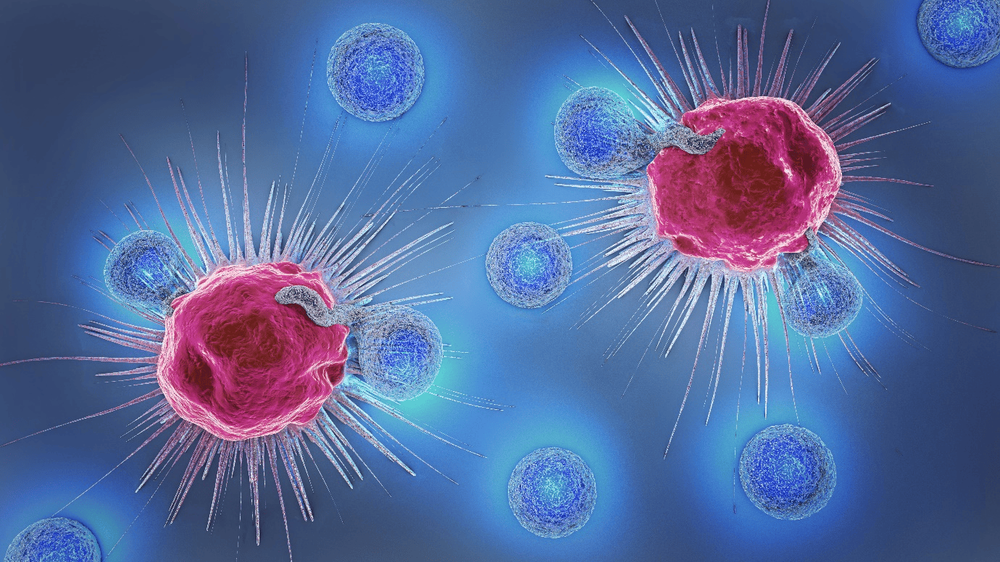
Hóa mô miễn dịch giúp định hướng nguồn gốc của ung thư di căn
In Vietnam, Vinmec Times City International Hospital is the unit that applies and performs immunohistochemistry with modern equipment to perform immunohistochemistry techniques. latest generation - automatic immunohistochemical staining machine Bench Mark XT, a modern machine, according to the standards of the World Health Organization (WHO), in order to diagnose diseases quickly and accurately, serving for prognosis and treatment orientation for most types of cancer. The hospital also has a full range of immunological markers and especially has a team of experienced doctors, the technique is performed directly by Assoc. effective for the patient.
Customers can go directly to Vinmec Times City to visit or contact hotline 0243 9743 556 for support.
MORE:
What types of cancer are most curable? Reducing cancer risk: Changing lifestyle - Focusing on screening Learn the package of screening for 4 gynecological cancers even without symptoms at Vinmec





